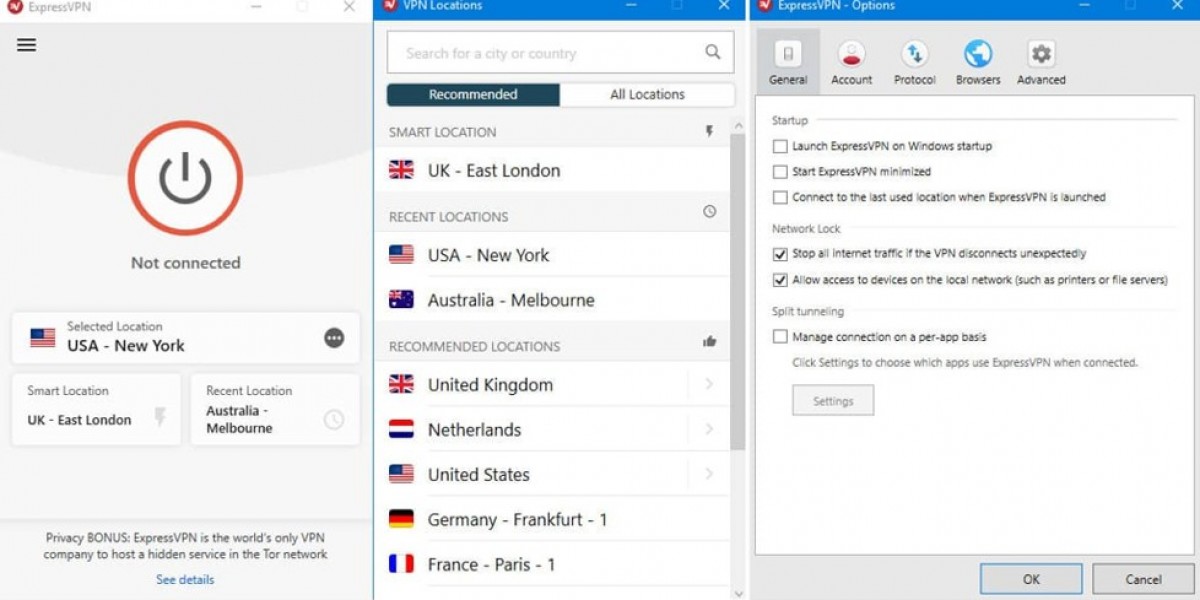When it comes to diagnosing bleeding disorders, especially von Willebrand Disease (vWD), accurate and specific tests are essential. One such crucial diagnostic tool is the Ristocetin Cofactor assay. While it might sound complex, understanding how the Ristocetin Cofactor works can shed light on the mechanisms of bleeding disorders and help patients and healthcare providers make informed decisions about care and treatment.
In this article, we’ll break down what Ristocetin Cofactor is, its function in the body, how the test is performed, and why it plays a pivotal role in diagnosing von Willebrand Disease.
What is Ristocetin Cofactor?
The Ristocetin Cofactor (abbreviated as VWF:RCo) is not a substance produced by the body but rather a laboratory reagent used in a functional assay to assess the activity of von Willebrand factor (VWF). VWF is a protein in the blood that helps platelets stick together and form blood clots. Without enough functional VWF, a person may experience excessive bleeding.
The Ristocetin Cofactor test evaluates how well a patient’s von Willebrand factor can promote platelet aggregation, which is essential for proper blood clot formation. This test doesn't measure the quantity of VWF but rather how well it functions.
The History Behind Ristocetin Use
Interestingly, Ristocetin is an antibiotic that was originally developed to treat bacterial infections. However, it was withdrawn from clinical use due to toxicity. Later, researchers discovered that ristocetin could induce platelet aggregation in the presence of von Willebrand factor. This discovery led to the development of the Ristocetin Cofactor assay, which has since become a cornerstone in diagnosing functional defects in VWF.
What is von Willebrand Disease?
Von Willebrand Disease is the most common inherited bleeding disorder. It occurs when there’s a deficiency or dysfunction of von Willebrand factor. There are three main types:
Type 1: Partial quantitative deficiency of VWF
Type 2: Qualitative defects in VWF function (includes subtypes 2A, 2B, 2M, 2N)
Type 3: Severe deficiency or complete absence of VWF
Symptoms can range from mild nosebleeds and easy bruising to severe bleeding after injury or surgery. In women, heavy menstrual bleeding is a common symptom.
How Does the Ristocetin Cofactor Test Work?
The Ristocetin Cofactor test measures the ability of VWF in the patient's plasma to cause normal platelets to clump together (aggregate) when exposed to the antibiotic ristocetin.
The Process:
Platelets (usually donor platelets) are added to the patient’s plasma in the lab.
Ristocetin is then introduced to this mixture.
If the VWF is functioning properly, it will bind to the platelets and cause them to aggregate.
The degree of aggregation is measured with specialized equipment.
If platelet clumping is reduced or absent, it suggests that the von Willebrand factor in the sample is not functioning properly—even if levels appear normal.
Why the Ristocetin Cofactor Test is Important?
The Ristocetin Cofactor test provides unique insights that other VWF assays might miss. A person may have normal levels of VWF antigen (VWF:Ag), which indicates how much VWF is present in the blood, but still have dysfunctional VWF that cannot bind platelets correctly.
This is particularly useful in identifying Type 2 von Willebrand Disease, where VWF is present but doesn't function as it should. In such cases, the Ristocetin Cofactor activity will be disproportionately lower than the VWF antigen levels, indicating a qualitative defect.
Interpreting Test Results
Normal Ristocetin Cofactor Activity: Indicates functional VWF.
Low Ristocetin Cofactor with Normal VWF Antigen: Suggests a qualitative defect, as seen in Type 2 vWD.
Low Ristocetin Cofactor and Low VWF Antigen: Suggests a quantitative deficiency, possibly Type 1 or Type 3 vWD.
Increased sensitivity to Ristocetin: Can be seen in Type 2B von Willebrand Disease, where platelets aggregate more easily than normal in the presence of low-dose ristocetin.
Your healthcare provider may perform additional tests, such as multimer analysis, factor VIII levels, or genetic testing, to confirm the diagnosis.
Limitations of the Ristocetin Cofactor Test
While highly useful, the Ristocetin Cofactor test has some limitations:
It’s technically demanding and may vary between laboratories.
It relies on donor platelets, which can introduce variability.
Newer assays (such as VWF:GPIbM) are emerging as potentially more standardized alternatives.
However, it remains a critical tool, especially in facilities where newer tests are not yet available.
When is the Ristocetin Cofactor Test Ordered?
Doctors may order the Ristocetin Cofactor test when a patient shows:
Unexplained or excessive bleeding
Heavy menstrual bleeding
Prolonged bleeding after surgery or dental procedures
A family history of bleeding disorders
It is typically used in combination with other coagulation tests for a comprehensive evaluation.
Conclusion:
The Ristocetin Cofactor test is an essential diagnostic tool in the assessment of von Willebrand Disease. By measuring how well VWF facilitates platelet aggregation, it provides key insights into whether a patient’s bleeding symptoms are due to a functional defect in their clotting mechanism.
For those with unexplained bleeding, especially with a family history of bleeding disorders, timely testing that includes Ristocetin Cofactor activity can make all the difference in receiving an accurate diagnosis and effective treatment plan.
As medical science evolves, newer testing methods may complement or replace traditional assays, but the importance of understanding and utilizing the Ristocetin Cofactor remains relevant. With its role in diagnosing subtle and complex bleeding disorders, this test continues to be a cornerstone of hematologic diagnostics. Visit Behavioral Health to get more information.








